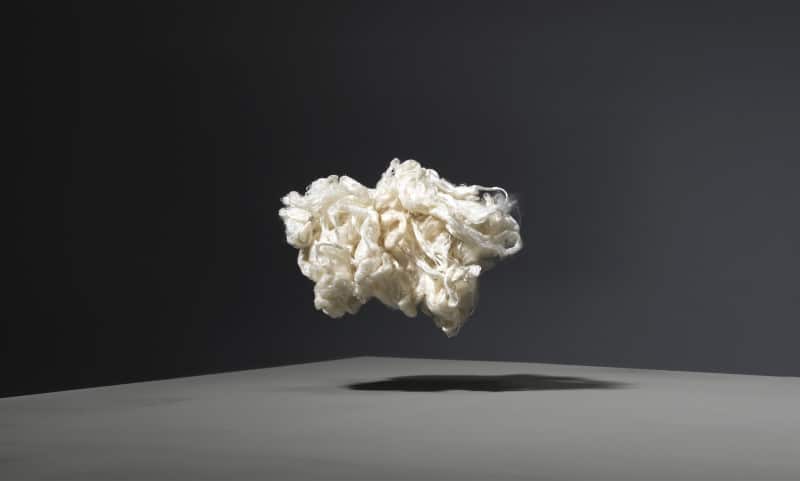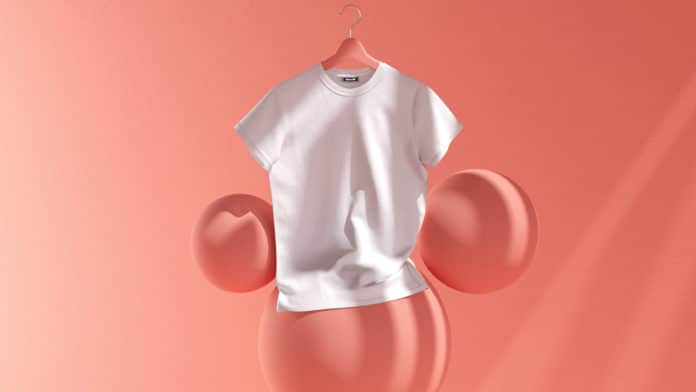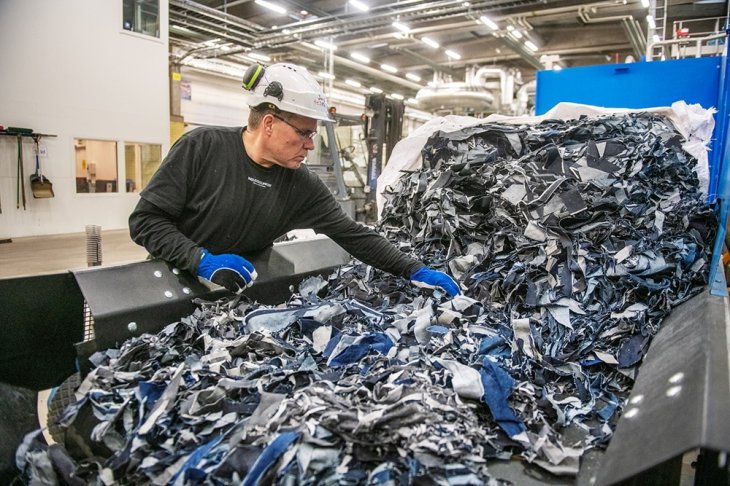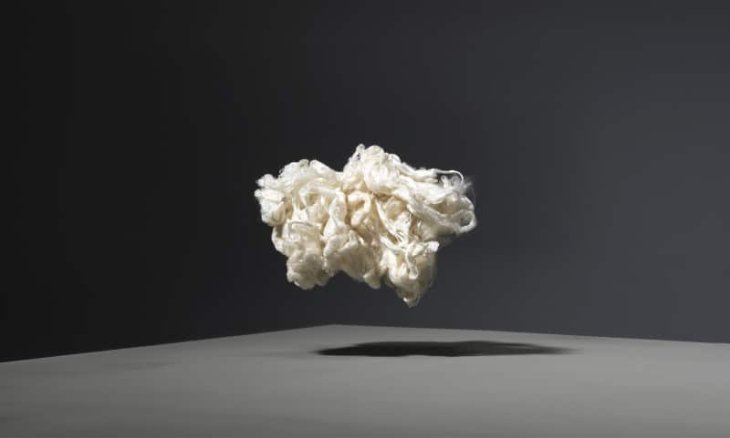Scientists Aim To Turn Used Clothes Into New Recyclable Garments
Anil Singh - Dec 03, 2019

Cotton materials will now be recycled and used for new clothes instead of being decomposed or burned.
- Coca-Cola Plans To Replace Its Plastic Bottles With Paper Ones
- Plastic Particles Found Inside Unborn Babies, Experts Called This A Matter Of Great Concern
- This Enzyme Can Destroy Plastic In Days, Not Million Years
One of the most polluting industries in the world is fashion. It accounts for 10% of total carbon emissions and is the second-largest water consuming industry in the world, as well as the industry that heavily pollutes the ocean with microplastic. But now those worries will gradually disappear thanks to an invention in the fashion industry.

Recently Re: newcell of Sweden has successfully turned used cotton into a biodegradable pulp named Circulose, which could become a new garment material. It was developed to reduce the problems of waste arising in the fashion industry. Cotton materials will now be recycled and used for new clothes instead of being decomposed or burned.
Circulose is produced through fabrics with high levels of cotton and viscose, which can be dissolved to extract the fibers. The finished product is then dried to create a biodegradable raw material (the Circulose pulp), and returned to the production cycle. The used cotton fabric will be separated as well as dyed to become colorless pulp.

The advantage of this method is substantial sustainability as compared to the traditional way of producing clothes. The reason is that this method uses fewer chemicals, less water, and less carbon dioxide released. The garments from this method can be recycled many more times.
Currently, about 7000 tons of pulp are produced annually at the Re: newcell factory. It has been certified and is used for cotton fibers. They are sustainable, organic and can help take advantage of the better use of existing resources on the planet.

The development potential of the Re: newcell project is enormous as there are currently 80 billion clothing items are being produced each year. The plant will also collaborate with other apparel brands that are in demand for this. For example, Adidas has produced sneaker that is made from reusable and recyclable plastic.
Featured Stories

Features - Jul 01, 2025
What Are The Fastest Passenger Vehicles Ever Created?

Features - Jun 25, 2025
Japan Hydrogen Breakthrough: Scientists Crack the Clean Energy Code with...

ICT News - Jun 25, 2025
AI Intimidation Tactics: CEOs Turn Flawed Technology Into Employee Fear Machine

Review - Jun 25, 2025
Windows 11 Problems: Is Microsoft's "Best" OS Actually Getting Worse?

Features - Jun 22, 2025
Telegram Founder Pavel Durov Plans to Split $14 Billion Fortune Among 106 Children

ICT News - Jun 22, 2025
Neuralink Telepathy Chip Enables Quadriplegic Rob Greiner to Control Games with...

Features - Jun 21, 2025
This Over $100 Bottle Has Nothing But Fresh Air Inside

Features - Jun 18, 2025
Best Mobile VPN Apps for Gaming 2025: Complete Guide

Features - Jun 18, 2025
A Math Formula Tells Us How Long Everything Will Live

Features - Jun 16, 2025
Comments
Sort by Newest | Popular